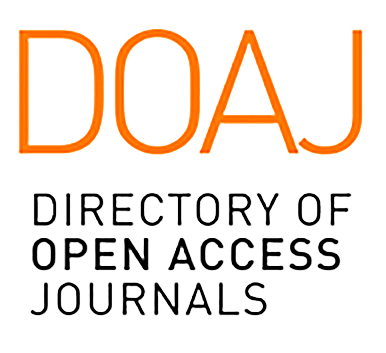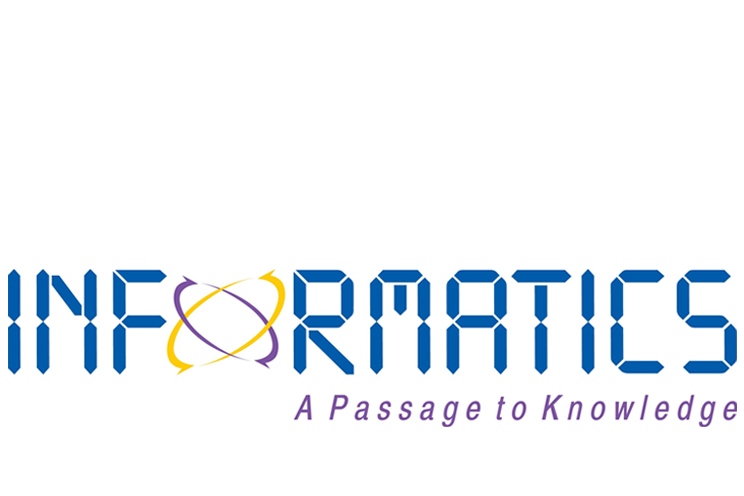Public Paper
-
Experiences of Visually Impaired People Regarding Communication Against Alcohol Abuse in Kenya
ISSN: 2195-1381
Publisher: author
Experiences of Visually Impaired People Regarding Communication Against Alcohol Abuse in Kenya
View Paper PDF
Abstract
In Kenya, 47.4% of people living with disabilities (PWD) report a lack of awareness of where to get reliable information on treatment and prevention of Alcohol and Drug Abuse. On average, only 10% of all communications from health services to the visually impaired participants are received in their preferred reading format. Little attention has been put on the specific aspects of information and media literacy suitable for disabled people, specifically for blind and partially sighted individuals. This study explored the experiences of the visually impaired people in Kenya regarding communication against alcohol abuse. Through using purposive sampling procedure, 25 Visual impairment participants were identified from rehabilitation centres and institutions for the PWDs within Nairobi County-Kenya. Through in-depth interviews, data was generated, recorded, transcribed, and analyzed thematically. The presentation was made in narrative for...
SUBMIT CONCEPT ASK QUESTION
International Category Code (ICC):

ICC-0202
Author: Abook Brian
International Article Address (IAA):
Pending
Paper Profile:
Private
Visitors: 0
Paper Evaluation: Pending
ASI-Factor: 0
Paper Improving: Pending
Paper Flaws: 0
References
REFERENCES
[1]. Aciem, T. M., and Mazzotta, M. J. S. (2013). Personal and social autonomy of visually impaired people who were assisted by rehabilitation services. Rev Bras Oftalmol., 72(4), 261-267.
[2]. Adelman RD, Greene MG, and Ory MG. (2000). Communication between older patients and their physicians. Clinics in Geriatric Medicine; 16(1). Available at: http://www.cornellcares.org/education/pdf/Communications_Article.pdf [Accessed on 7 September 2010]. http://dx.doi.org/10.1016/S0749-0690(05)70004-5.
[3]. American Addiction Center Resource. (2017, October 26). Treatment Programs for Alcoholics That Are Blind. Retrieved from https://www.alcohol.org/disabled/blind/
/
[4]. Baloch, Rizwan and Ashfaq, Ayesha. (2017). Visual Planet for Blind: Impact of Mass Media on Visually Impaired Viewers in Pakistan. Journal of the Research Society of Pakistan; Lahore Vol. 54, Iss. 2,
[5]. Beverley CA, Bath PA, Booth A. (2004). Health information needs of visually impaired people: a systematic review of the literature. Health Soc Care Community;12(1):1-24. PMID: 14675361.
[6]. Busetto, L., Wick, W. & Gumbinger, C. (2020). How to use and assess qualitative research methods. Neurol. Res. Pract. 2, 14. https://doi.org/10.1186/s42466-020-00059-z
[7]. Chifamba, E., Mvundura, W., & Tagarirofa, J. (2011). Institutionalized Stereotyping: Perceptions and Experiences of The Visually Impaired on The Media's Social Marketing of The HIV and AIDS Pandemic: A Case of The Visually Impaired People At Kapota School Of The Blind. Url: https://jsd-africa.com/Jsda/V13No3_Summer2011_A/PDF/Institutionalized%20Stereotyping.pdf
[8]. Creswell, J. W. (1998). Qualitative inquiry and research design: Choosing among five traditions. Thousand Oaks, CA: Sage Publications.
[9]. Creswell, J.W. (2009). Research Design: Qualitative, Quantitative and Mixed Approaches. Thousand Oaks, CA: Sage.
[10]. Dennis Moore and Li Li . (2010). Prevalence and Risk Factors of Illicit Drug Use by People With Disabilities, American Journal on Addictions, 7:2, 93-102, DOI: 10.3109/10550499809034481
[11]. Joel J. Davis. (2010). Disenfranchising the Disabled: The Inaccessibility of Internet-Based Health Information, Journal of Health Communication, 7:4, 355-367, DOI: 10.1080/10810730290001701
[12]. Jonathan Lazar and Paul Jaeger. (2011). Reducing barriers to online access for people with disabilities. Issues in Science and Technology, volume 17, number 2, and at http://www.issues.org/27.2/lazar.html, accessed 27 October 2011.
[13]. Kathungu, B. (2013). Extent and patterns of drug use among Persons with Disabilities in Kenya. International Journal of Prevention and Treatment of Substance Use Disorders. Retrieved from: https://ijptsud.sljol.info/articles/10.4038/ijptsud.v1i3-4.7835/galley/.../download/
[14]. Laura Jones. (2019). Communication Failure? Review of the accessibility of health information for blind and partially sighted people in Scotland. RNIB Scotland.,12-14 Hillside, Crescent- Edinburgh; EH7 5EA
[15]. Magdalena Szubielska (2018) People with sight impairment in the world of visual arts: does it make any sense? Disability & Society, 33:9, 1533-1538, DOI: 10.1080/09687599.2018.1480261
[16]. Medeossi, BJ., Stadler, J. & Delany-Moretlwe, S. (2014). 'I heard about this study on the radio': using community radio to strengthen Good Participatory Practice in HIV prevention trials. BMC Public Health 14, 876 (2014). https://doi.org/10.1186/1471-2458-14-876
[17]. NACADA Policy Brief, 2014 on alcohol, drugs and substance abuse among persons with disability in Nairobi, Coast and Central regions of Kenya
[18]. Niestorowicz, Ewa. (2017). The World in the Mind and Sculpture of Deafblind People. Newcastle upon Tyne: Cambridge Scholars Publishing.
[19]. Ostrowska, Antonina. (1994). Niepełnosprawni w społecze_nstwie: Postawy społecze_nstwa polskiego wobec ludzi niepełnosprawnych [Disabled in Society. Attitudes of Polish Society towards People with Disabilities]. Warsaw: Wydawnictwo Instytutu Filozofii i Socjologii PAN.
[20]. Pagliuca, Lorita Marlena Freitag, Cezario, Kariane Gomes, & Mariano, Monaliza Ribeiro. (2009). Blind men and women' perceptions of the use of illegal drugs. Acta Paulista de Enfermagem, 22(4), 404-411. https://dx.doi.org/10.1590/S0103-21002009000400009
[21]. Persons with Disability Bill, 2020
[22]. Reina, Raul, Vıctor Lopez, Mario Jim_enez, Tom_as Garc_ıa-Calvo, and Yeshayahu Hutzler. (2011). "Effects of Awareness Interventions on Children's Attitudes toward Peers with a Visual Impairment." International Journal of Rehabilitation Research 34 (3): 243–248. doi:10.1097/MRR.0b013e3283487f49.
[23]. Ryan N. Kling and Raymond E. Glazier . (2013). Recent trends in substance abuse among persons with disabilities compared to that of persons without disabilities. DOI: https://doi.org/10.1016/j.dhjo.2013.01.007
[24]. Shane Koch, Brenda Shearer & Mike Nelipovich. (2008). Service Delivery for Persons with Blindness or Visual Impairment and Addiction as Coexisting Disabilities: Implications for Addiction Science Education. Journal of Teaching in the Addictions.DOI: 10.1300/J188v03n01_03
[25]. Substance Abuse and Mental Health Services Administration. (2011). Substance Use Disorders in People with Physical and Sensory Disabilities. In Brief, Volume 6, Issue 1
[26]. Thurston, M. and Thurston, A. (2010). The accessibility of health information for blind and partially sighted people. RNIB, Edinburgh
[27]. Thurston, M. and Thurston, A., 2013. Risks to Client Confidentiality when Communicating Health Information to Blind and Partially Sighted Persons. Disability, CBR & Inclusive Development, 24(1), pp.22–40. DOI: http://doi.org/10.5463/dcid.v24i1.182
[28]. University of Washington. (2016). Disability Stigma and Your Patients [Factsheet]. Aging Well with a Physical Disability Factsheet Series. Healthy Aging & Physical Disability RRTC: http://agerrtc.washington.edu/info/factsheets/stigma
[29]. Veltman A, Stewart DE, Tardif G, Branigan M. (2001). Perceptions of primary healthcare services among people with physical disabilities. Part 1: access issues. Medscape Gen Med 2001; 3: 18.
[30]. Wu Li-Tzy. (2010). Substance abuse and rehabilitation: responding to the global burden of diseases attributable to substance abuse. Subst Abuse Rehabil. 2010; 1:5-11
https://doi.org/10.2147/SAR.S14898
























































